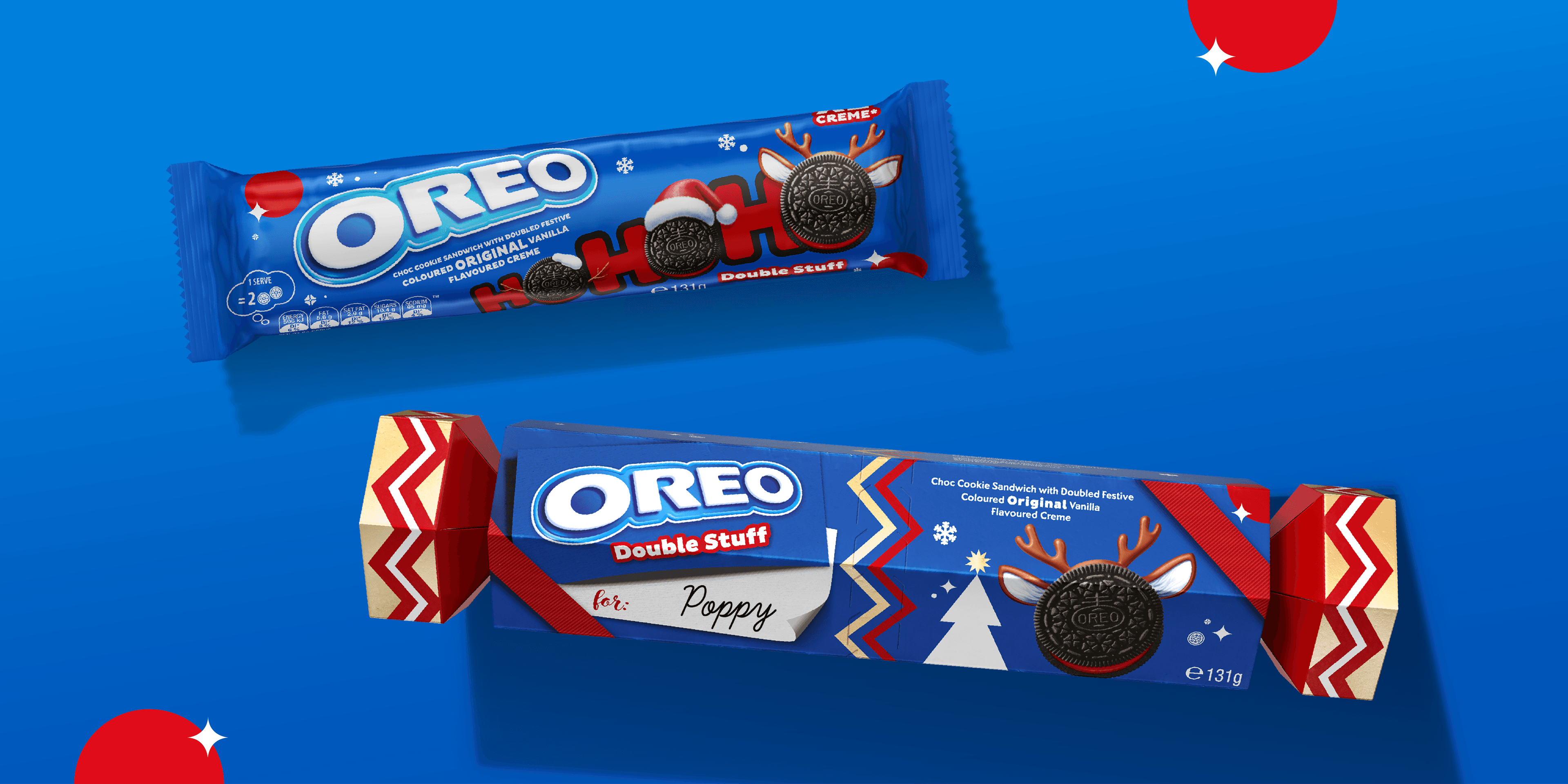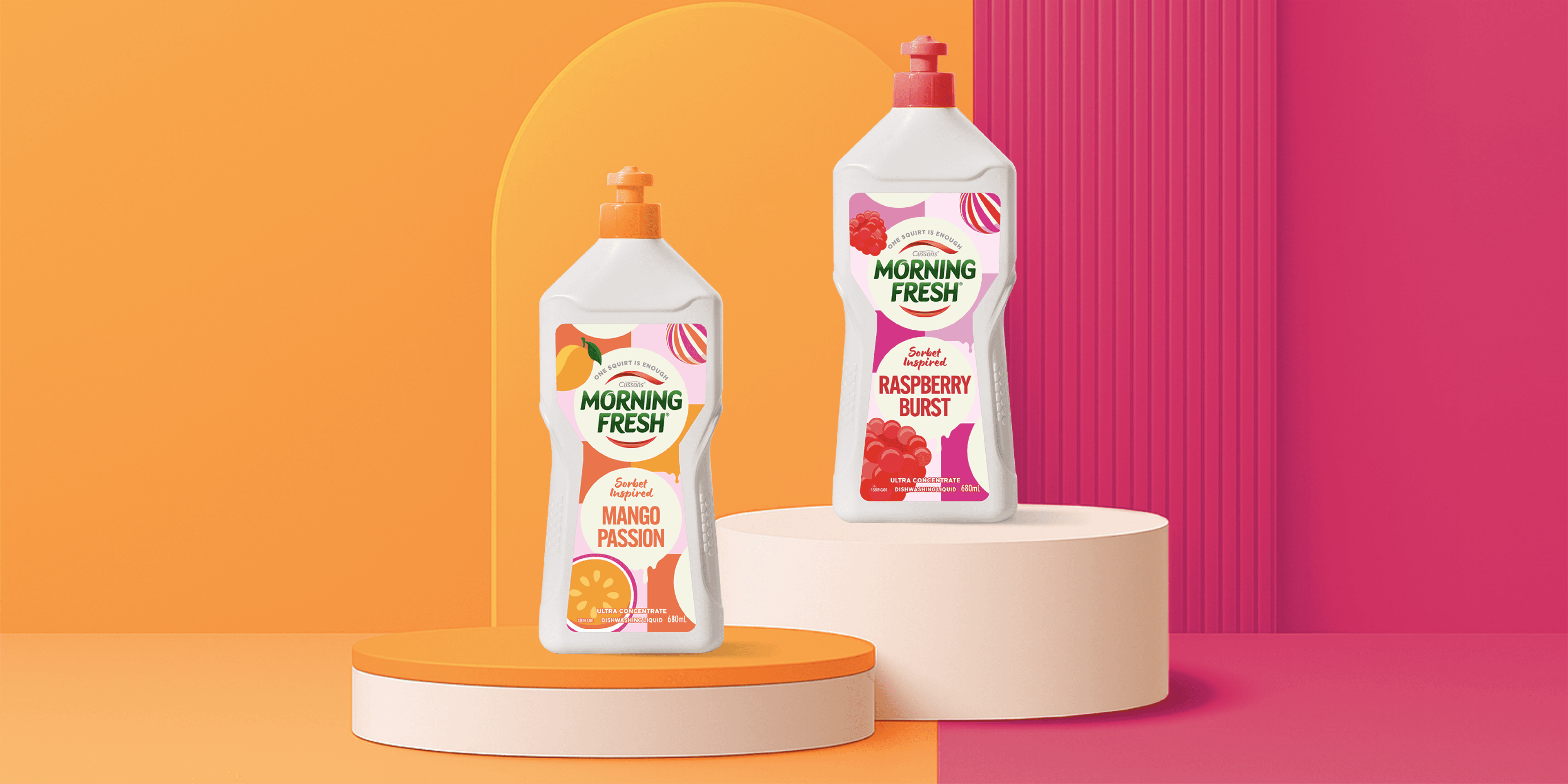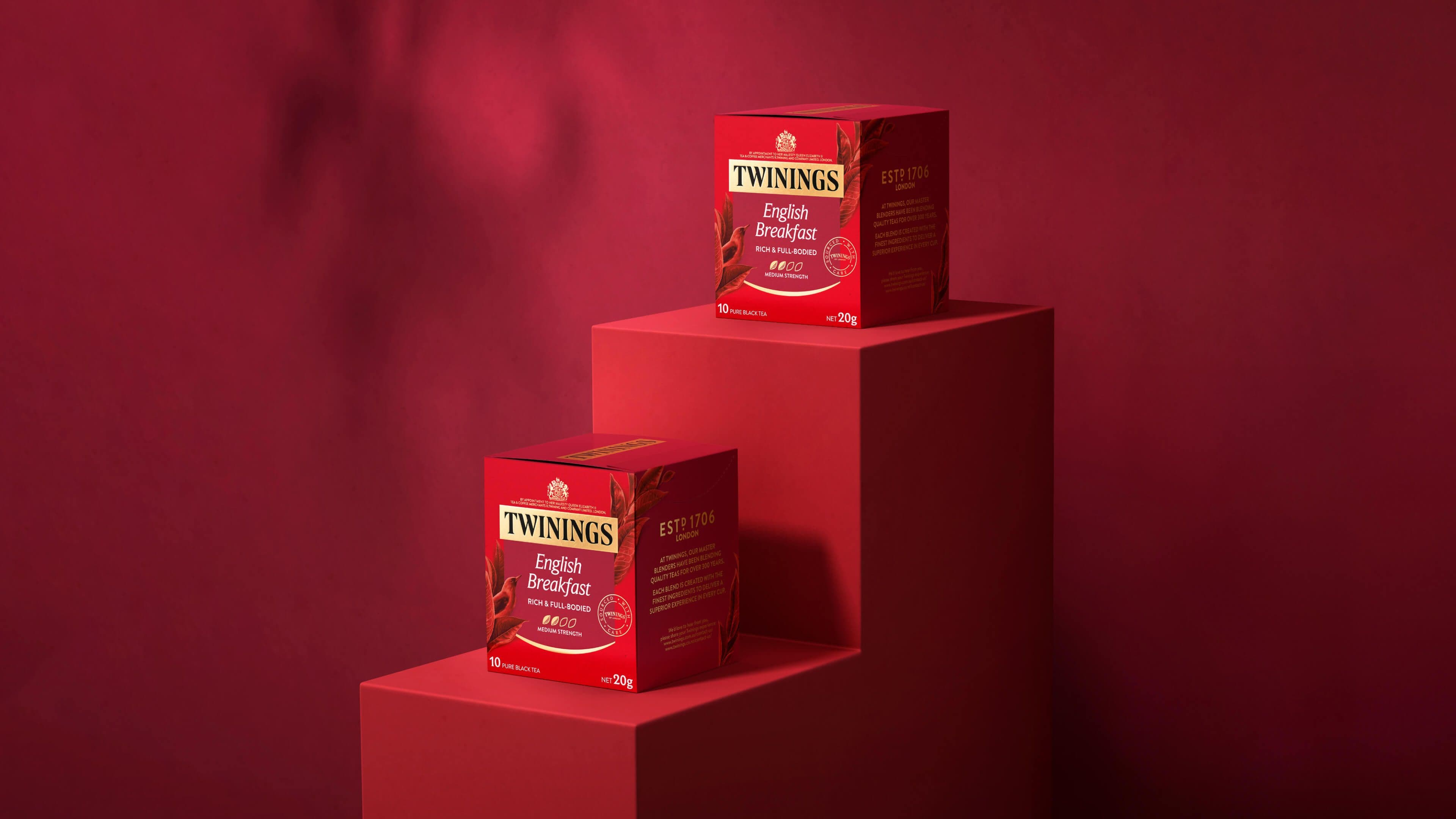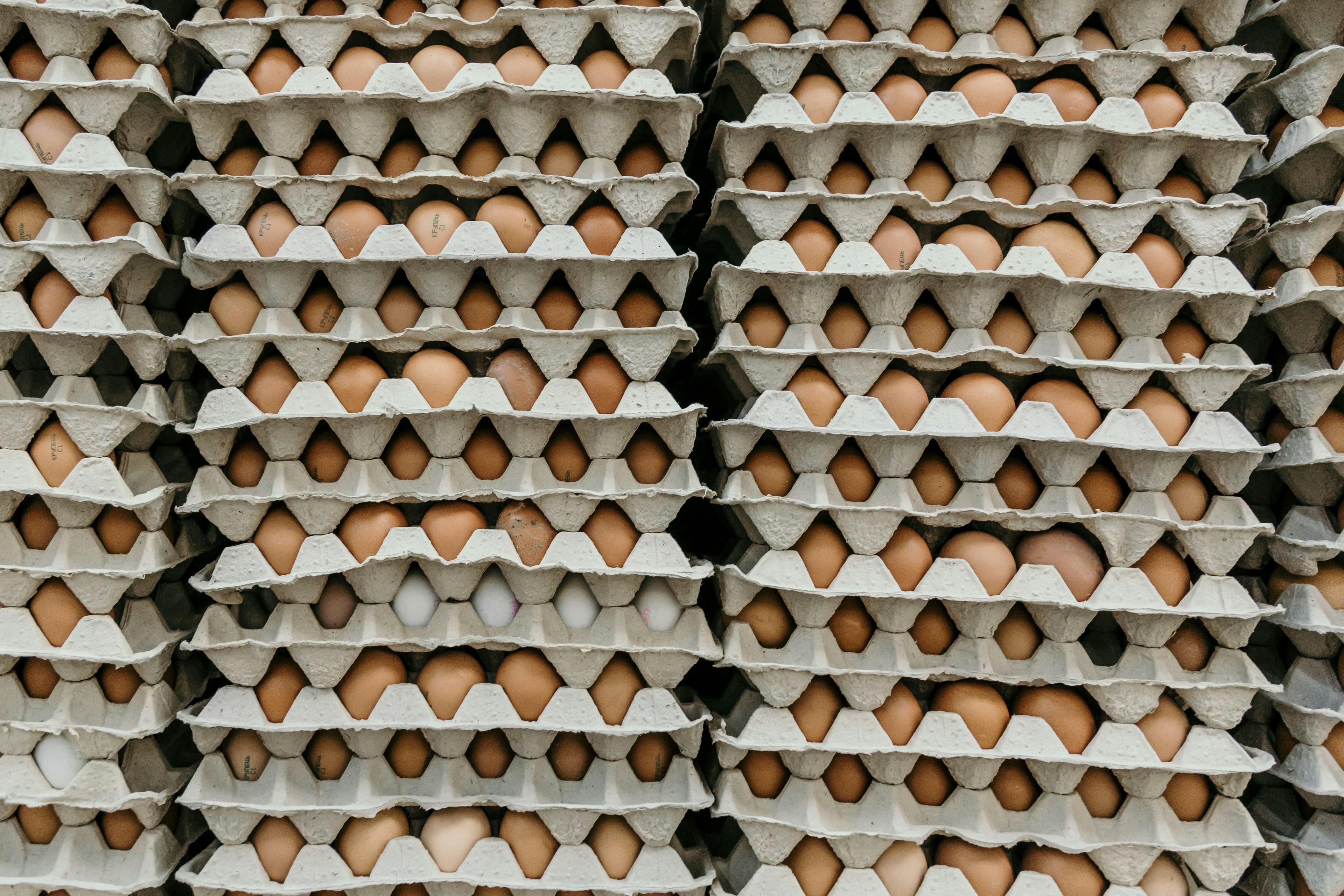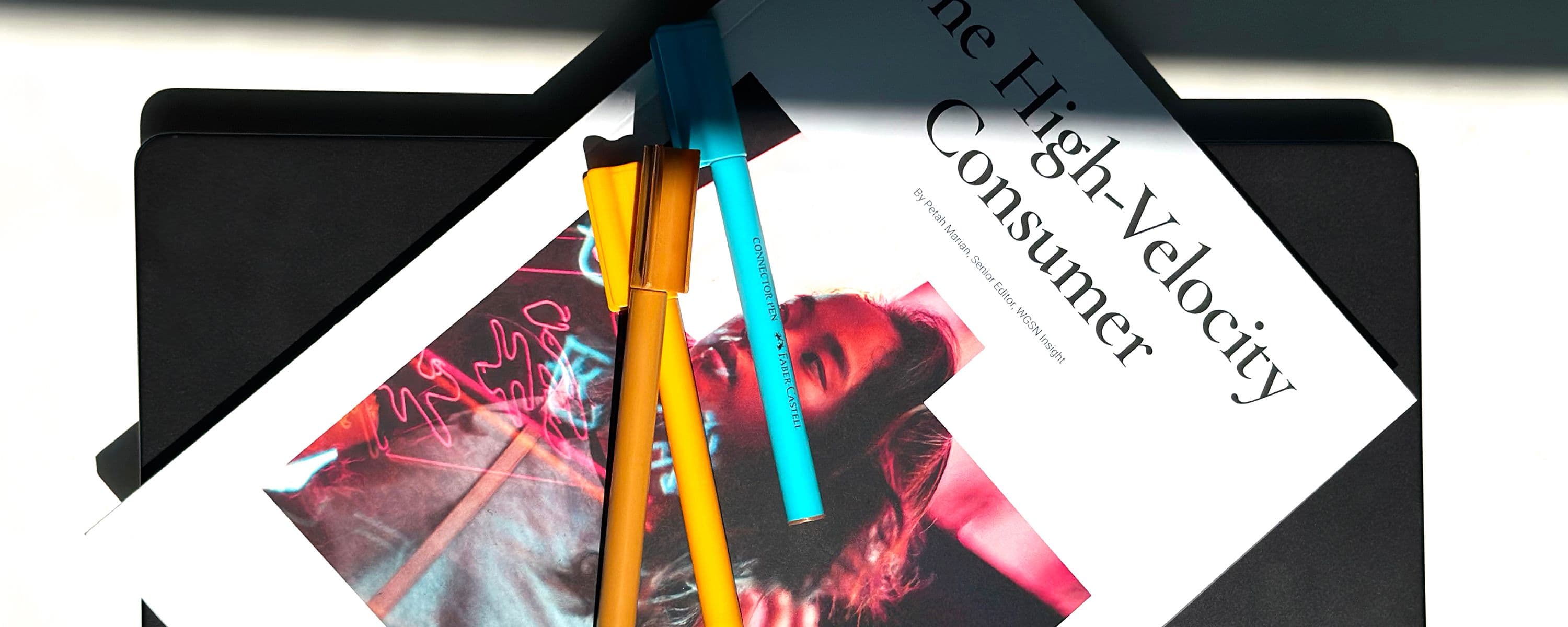We've entered a new era
We used to joke about how often we heard the word “unprecedented.” Now, we barely blink. We are living through an era the Cascade Institute defines as a polycrisis: a collision of three or more interacting systemic risks—climate change, economic strain, political instability, social fragmentation—with the power to unravel humanity’s foundations. And that’s not a hypothetical. It’s the reality consumers and brands are navigating every day.
The emotional toll is mounting. Ambient stress has become the default setting. We’re more anxious, less connected, and increasingly disillusioned. According to Ipsos, inflation tops global worries, followed closely by inequality, unemployment, and violence. Across regions, mental health is deteriorating as people cut back on everything from therapy to gym memberships, not out of choice—but necessity.
Welcome to the Polycrisis Era.
The Emotional Undercurrent Brands Must Understand
Beneath every purchase, scroll, and brand interaction lies a set of emotional needs shaped by the polycrisis. We’re not just stressed. We’re burnt out. And increasingly, we’re angry.
- Uncertainty – Day-to-day life feels fragile. From the cost of eggs to the ability to retire.
- Despair – A growing sense of powerlessness, especially in the face of climate and political dysfunction.
- Rage – Financial rage. Social rage. A rising backlash against wealth inequality and corporate indifference.
- Disconnection – Fraying community ties have left people feeling alone in their struggle.
- Excess – Too many choices, too much content, too little meaning.
This isn’t about doom and gloom for effect—it’s about naming the current. When you name it, you can design for it.
Designing as an Antidote to Cultural Fatigue
In this climate, the brands that win won’t just sell—they’ll soothe. They’ll create relief, restore dignity, and reawaken possibility. That means designing not for dopamine hits, but for emotional durability.
Here’s how:
- Clarity – Strip away the fog. Consumers crave straightforward pricing, honest claims, and transparent values.
- Optimism – Not toxic positivity. But small sparks of joy and levity—glimmers—in the everyday.
- Ease – Ethical shouldn’t be exhausting. Make better choices feel intuitive, not impossible.
- Alignment – Build offerings that naturally align with how people want to live, not how brands want them to behave.
- Discernment – Help people prioritise. Give them tools, not noise.
Strategies That Meet the Moment
Brand-building in a polycrisis means shifting from attention-seeking to attunement. These strategies aren’t trends—they’re tools for resilience.
- Grounding Rituals Nostalgia is more than aesthetic. It’s an anchor. Whether it’s the taste of a childhood snack or the glow of a ‘90s visual palette, grounding rituals help people feel safe in unstable times.
- Glimmers Forget grand gestures. The most powerful emotional resets are often tiny: the feel of a well-designed package, the scent of a product, a moment of quiet delight. Design for micro-lifts.
- Soft Wellness Consumers are rejecting extremes. Wellness today means realistic rituals, mood support, and functional ingredients that work with daily life, not against it.
- Purposeful Living Intentional consumption is on the rise. Shoppers are looking for more than a product—they want alignment with their values, whether that’s circular design, supply chain transparency, or community impact.
- Value-Driven Design As people reassess what enough looks like, they’re moving from accumulation to curation. Help them choose wisely. Less, but better.
So Where Do We Go From Here?
Design is no longer just about differentiation, it’s about restoration. In a world fraying at the seams, brands must help people feel grounded, seen, and empowered. The future of engagement isn’t louder, faster, shinier. It’s smarter. More sincere. Rooted in a deep understanding of emotional reality.
Brands that embrace this shift (toward clarity, creativity, and care) won’t just survive the polycrisis. They’ll help shape what comes next.
Curious what this looks like in practice?
Download our full deck for examples of brands already rising to the challenge.
